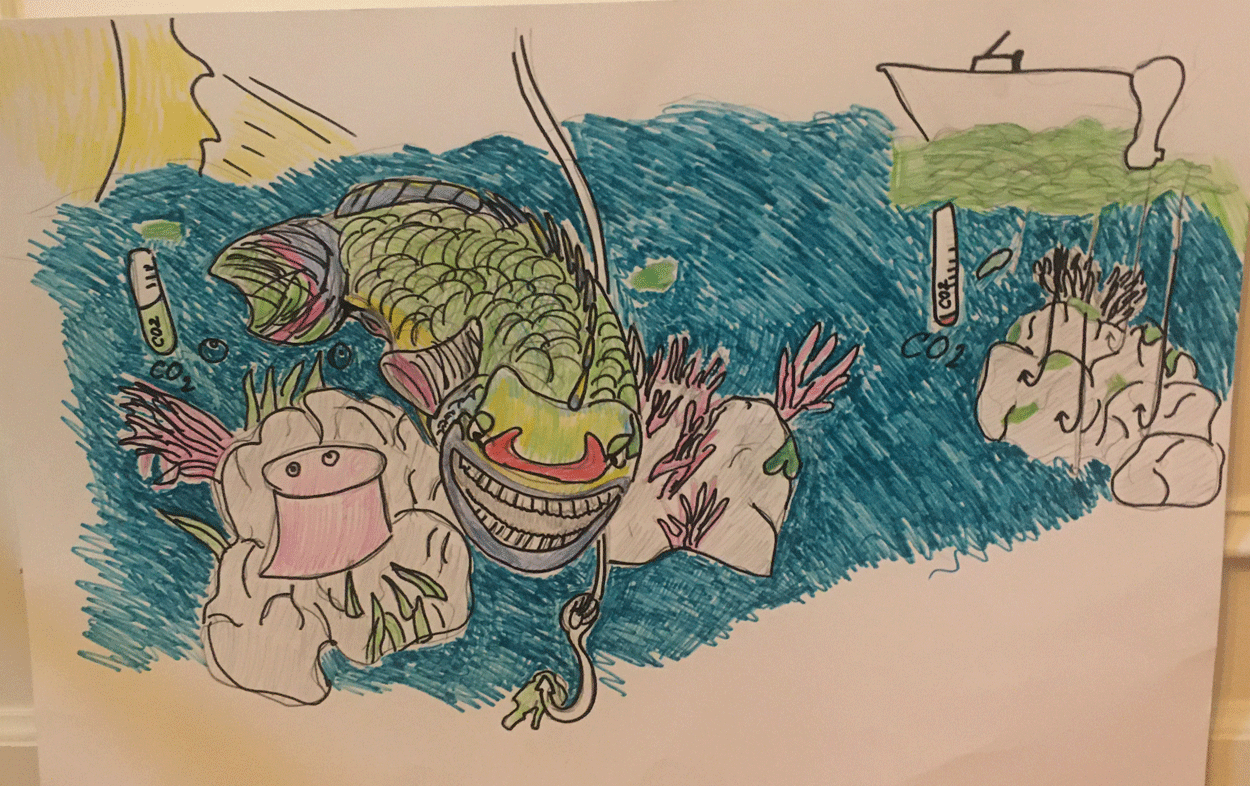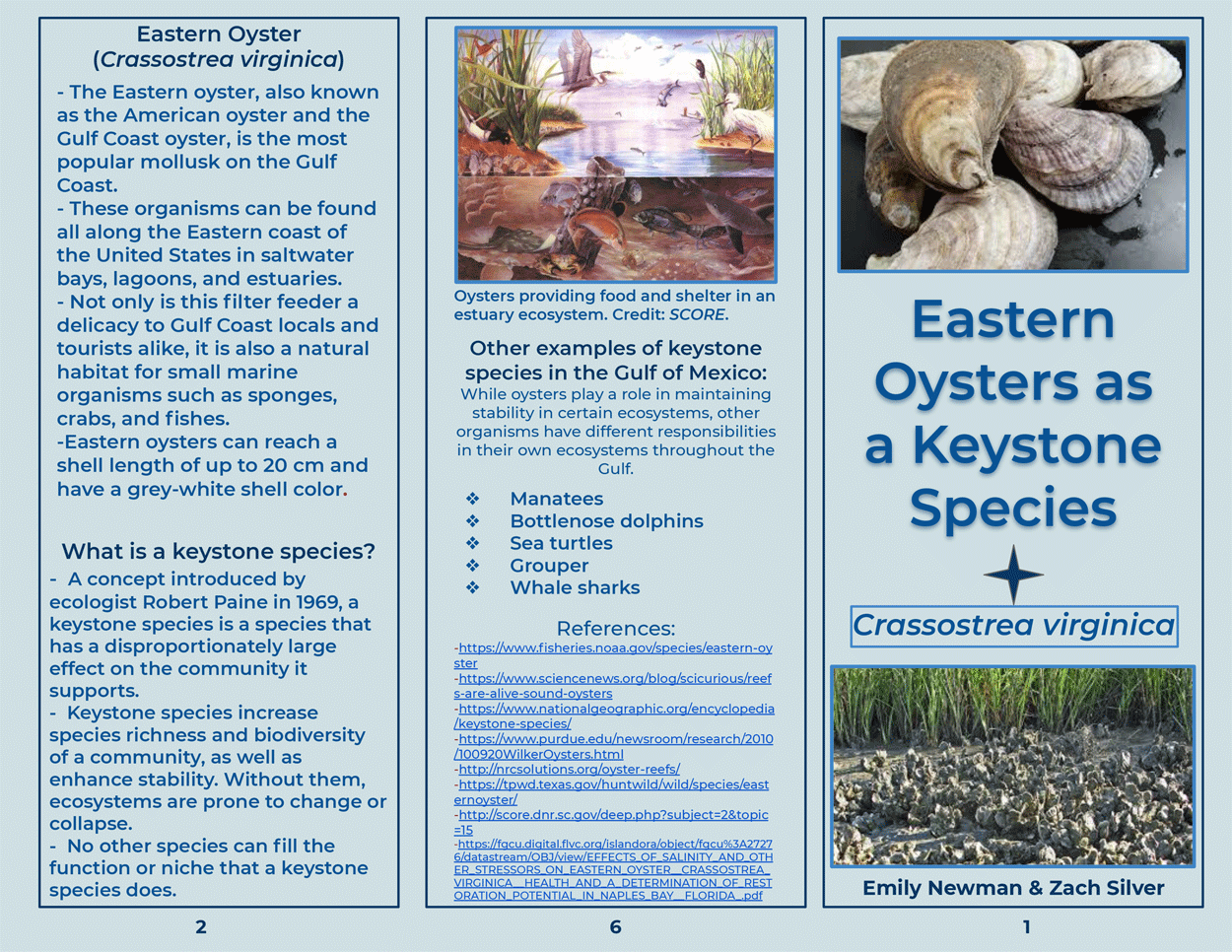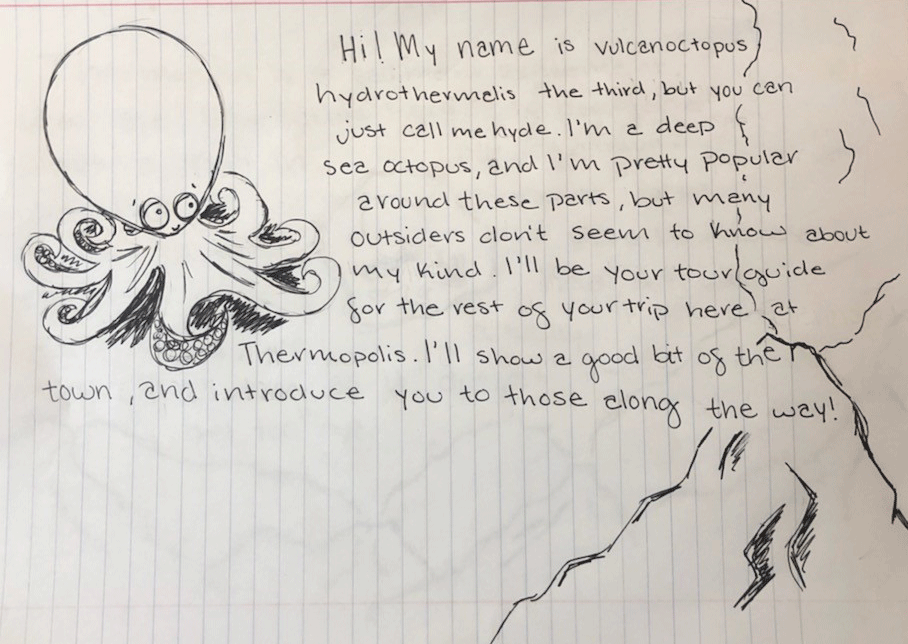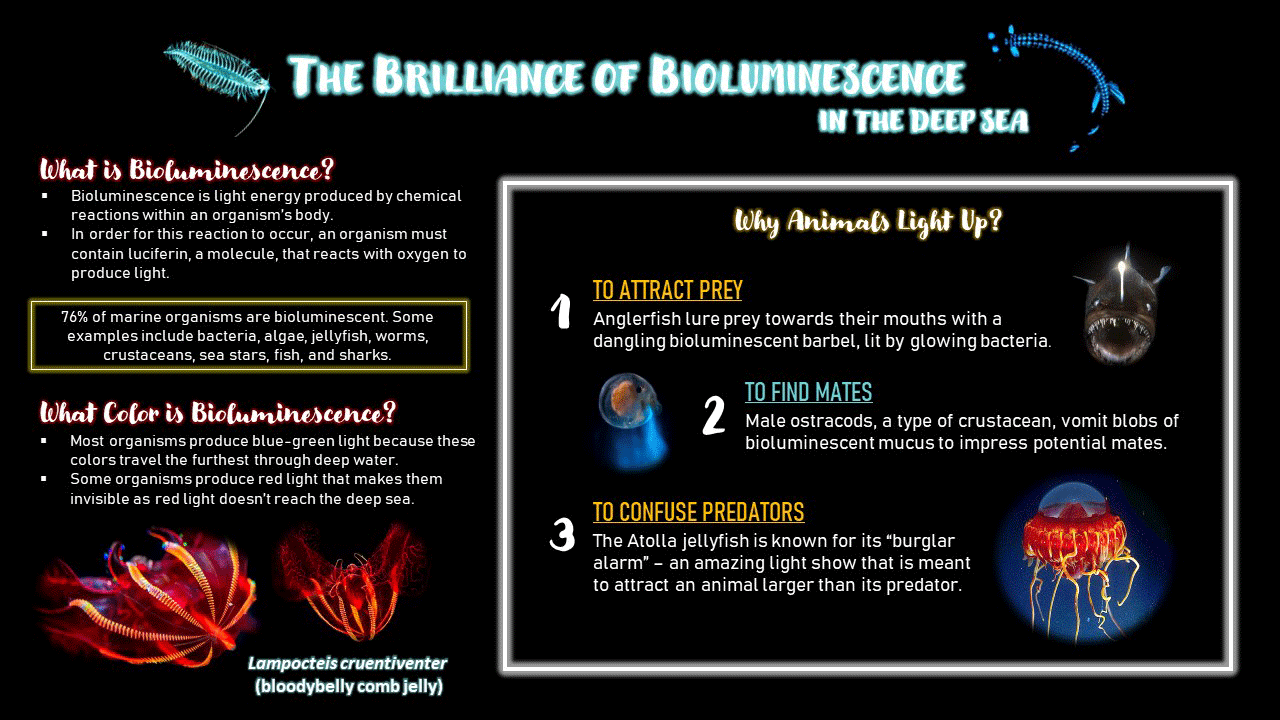(August 18, 2020) --

Summer faculty looked outside the box when planning their course syllabi for University Programs Summer Session this year. The summer's virtual plan turned traditional lab and fieldwork mixed with lectures and exams on its head.
One idea Dr. Kelly Dorgan applied to her second session Marine Ecology course expanded on an idea she's used in previous summers. Dorgan is a Senior Marine Scientist at the Dauphin Island Sea Lab and an Associate Professor of Marine Sciences at the University of South Alabama.

"One of the activities I've done in class for several years and have found to be really effective is having the students draw cartoons illustrating how dead zones form, which is a fairly complicated process with multiple factors," Dorgan explained. "After doing these drawings, students do very well on the exam question about dead zones."
Along with the traditional mid-term and final exam, Dorgan tasked her students with choosing one of the topics covered and exploring it in a creative way. She compared the projects to an in-depth essay question you might find on an exam. The difference was the students chose the question and presented it in a format they preferred. They could focus on any of the concepts covered in class which included ecological processes and theory, various marine environments, marine field, and analysis techniques, and the process of doing ecology.

"A goal of my class is for students to understand and appreciate the interdisciplinary nature of ecology, and I honestly didn't anticipate how well the projects would fit within that goal until I saw how well the students incorporated their experience from other disciplines," Dorgan said.
The students’ final projects allowed them to integrate what they learned in class with their strengths and interests. Some of the students had backgrounds in communications, economics, and policy, education, and biology research. They were able to incorporate that expertise into their projects.

"I was a little nervous because the project was so open-ended. I wasn't sure how students would interpret it, but I was incredibly impressed with the creativity they showed and also how effective these projects have been in terms of assessing what they've learned. I expect that they will retain their knowledge of concepts that they covered in their projects long-term," Dorgan said.
Final projects included songs, poetry, animation, a Marine Ecology Bill, and a social media campaign. Dorgan allowed an opportunity for the students to share their projects with their classmates. It was a chance for them to learn from one another, something Dorgan feels is really valuable.
"Another thing that I really like about how these projects turned out is how much they highlight that students learn in different ways and have different strengths," Dorgan reflected. "Students who don't do as well on traditional essay question type assessments may be incredibly talented artists, or more generally may be able to convey their knowledge really effectively through more creative outlets."
The students also participated in zoom discussions and completed online assignments and labs.
Below are projects created by Kolby Hughes, Troy University, and Rachel Jacobson, Auburn University.